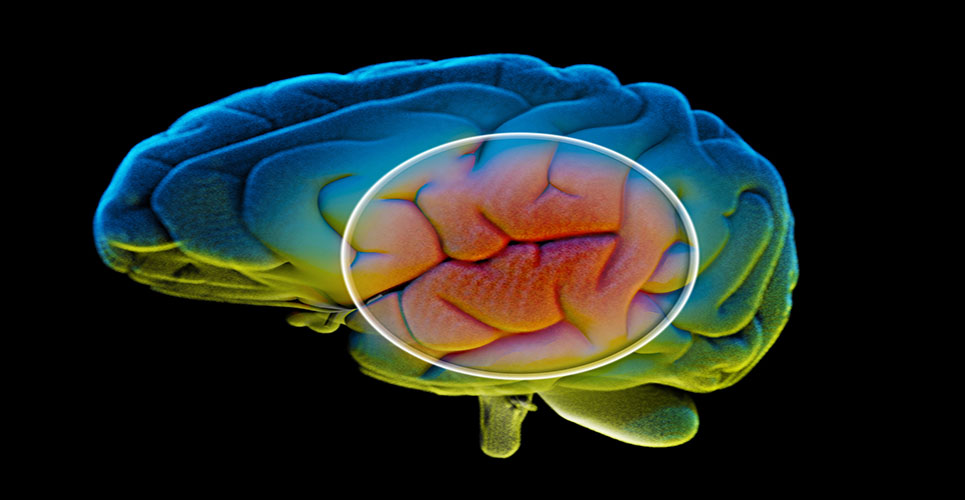Tears may hold clues to whether someone has Parkinson’s disease, according to a preliminary study that will be presented at the American Academy of Neurology’s 70th Annual Meeting in Los Angeles, 21-27 April 2018.
“We believe our research is the first to show that tears may be a reliable, inexpensive and noninvasive biological marker of Parkinson’s disease,” said study author Mark Lew, MD, of the Keck School of Medicine of the University of Southern California in Los Angeles and a Fellow of the American Academy of Neurology.
Lew says the research team investigated tears because they contain various proteins produced by the secretory cells of the tear gland, which is stimulated by nerves to secrete these proteins into tears. Because Parkinson’s can affect nerve function outside of the brain, the research team hypothesised that any change in nerve function may be seen in the protein levels in tears.
For the study, tear samples from 55 people with Parkinson’s were compared to tear samples from 27 people who did not have Parkinson’s but who were the same age and gender. Tears were analysed for the levels of four proteins.
Researchers found differences in the levels of a particular protein, alpha-synuclein, in the tears of people with Parkinson’s compared to controls. Additionally, levels of another form of alpha-synuclein, oligomeric alpha-synuclein, which is alpha-synuclein that has formed aggregates that are implicated in nerve damage in Parkinson’s, were also significantly different compared to controls. It is also possible that the tear gland secretory cells themselves produce these different forms of alpha-synuclein that can be directly secreted into tears.
Total levels of alpha-synuclein were decreased in people with Parkinson’s, with an average of 423 picograms of that protein per milligram (pg/mg) compared to 704 pg/mg in people without Parkinson’s. But levels of oligomeric alpha-synuclein were increased in people with Parkinson’s, with an average of 1.45 nanograms per milligram of tear protein (ng/mg) compared to 0.27 ng/mg in people without the disease.
“Knowing that something as simple as tears could help neurologists differentiate between people who have Parkinson’s disease and those who don’t in a non-invasive manner is exciting,” said Lew. “And because the Parkinson’s disease process can begin years or decades before symptoms appear, a biological marker like this could be useful in diagnosing, or even treating, the disease earlier.”
More research now needs to be done in larger groups of people to investigate whether these protein changes can be detected in tears in the earliest stages of the disease, before symptoms start.
The study was supported by The Michael J. Fox Foundation for Parkinson’s Research and the Plotkin Foundation.

